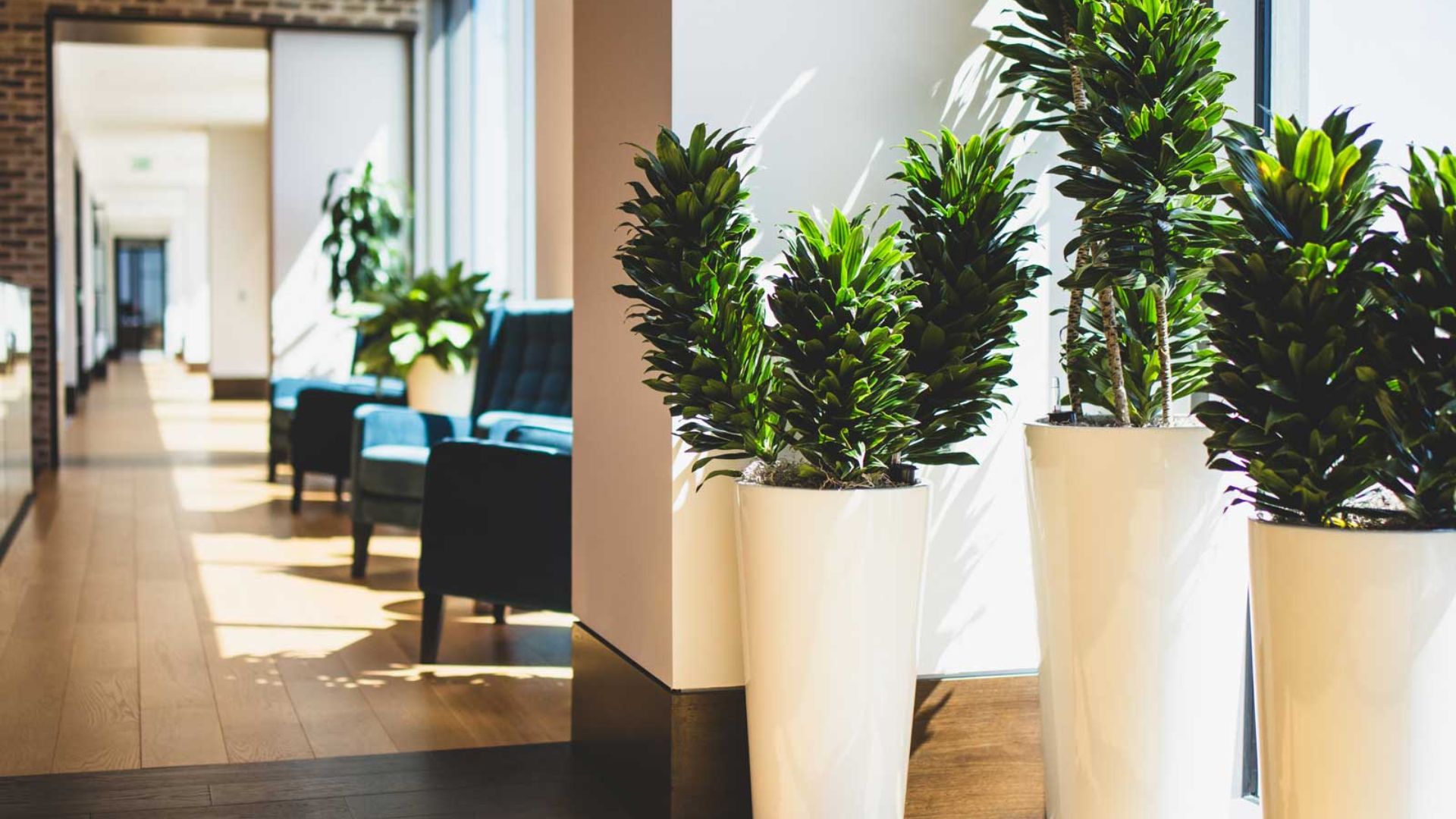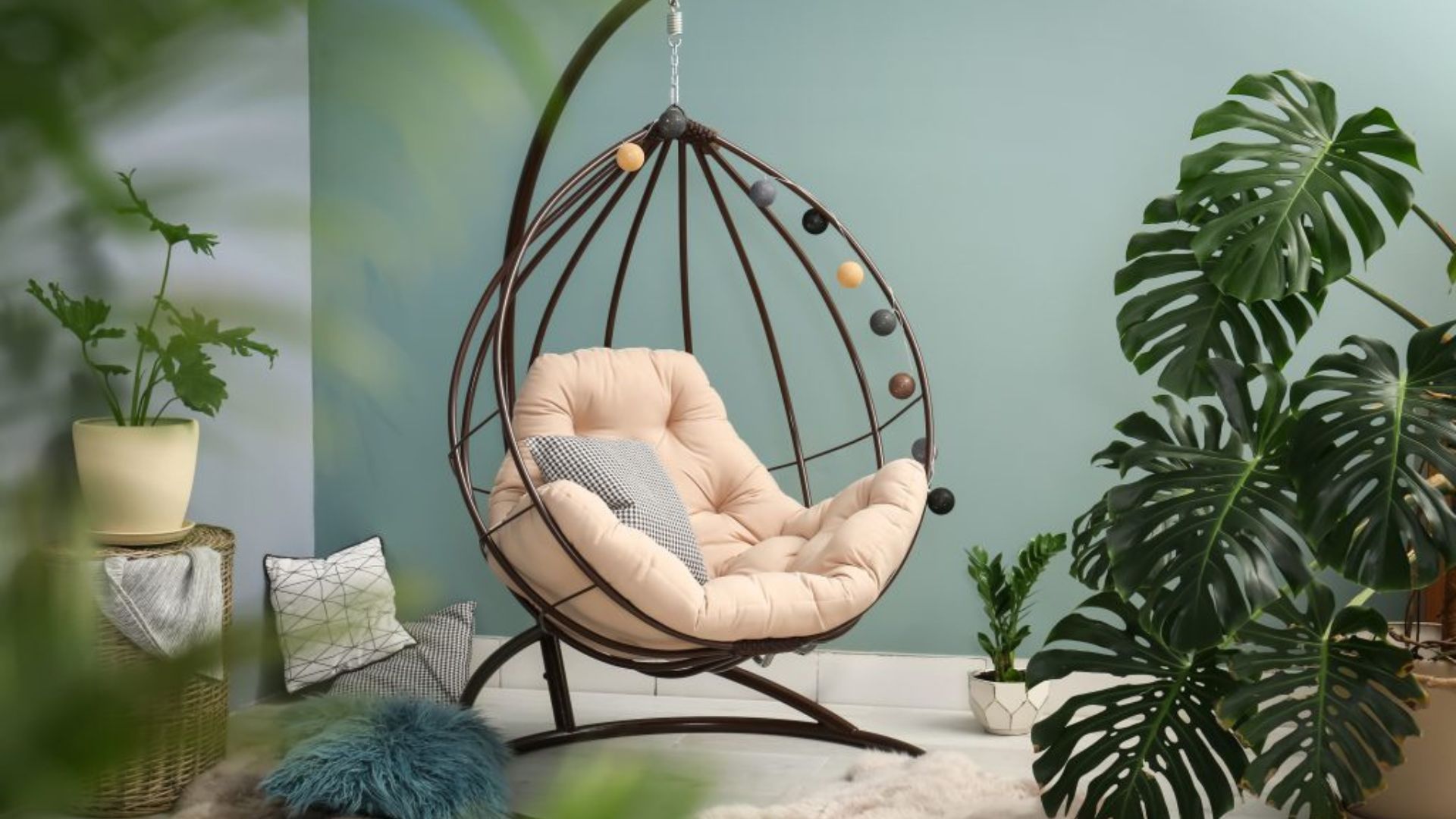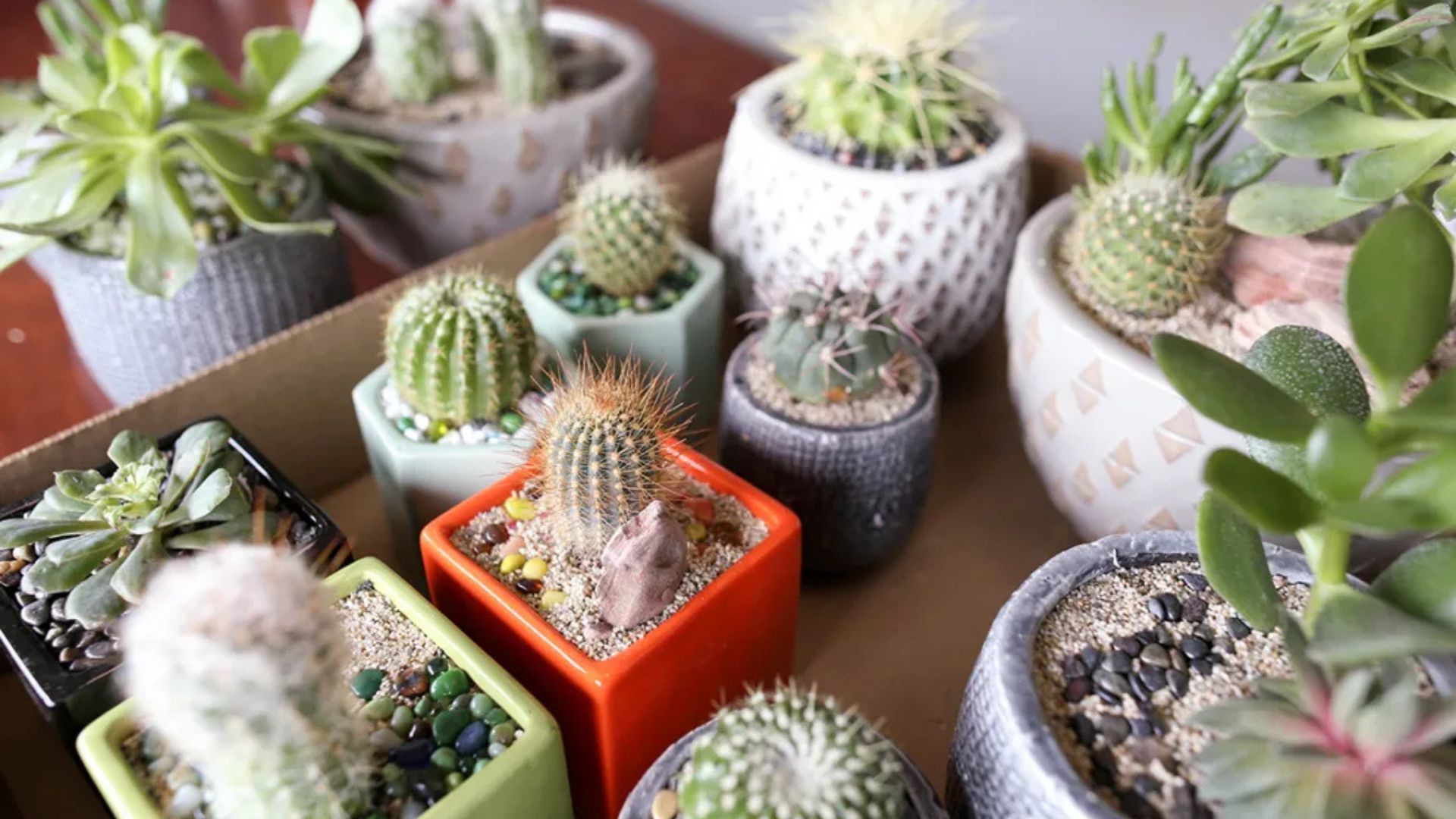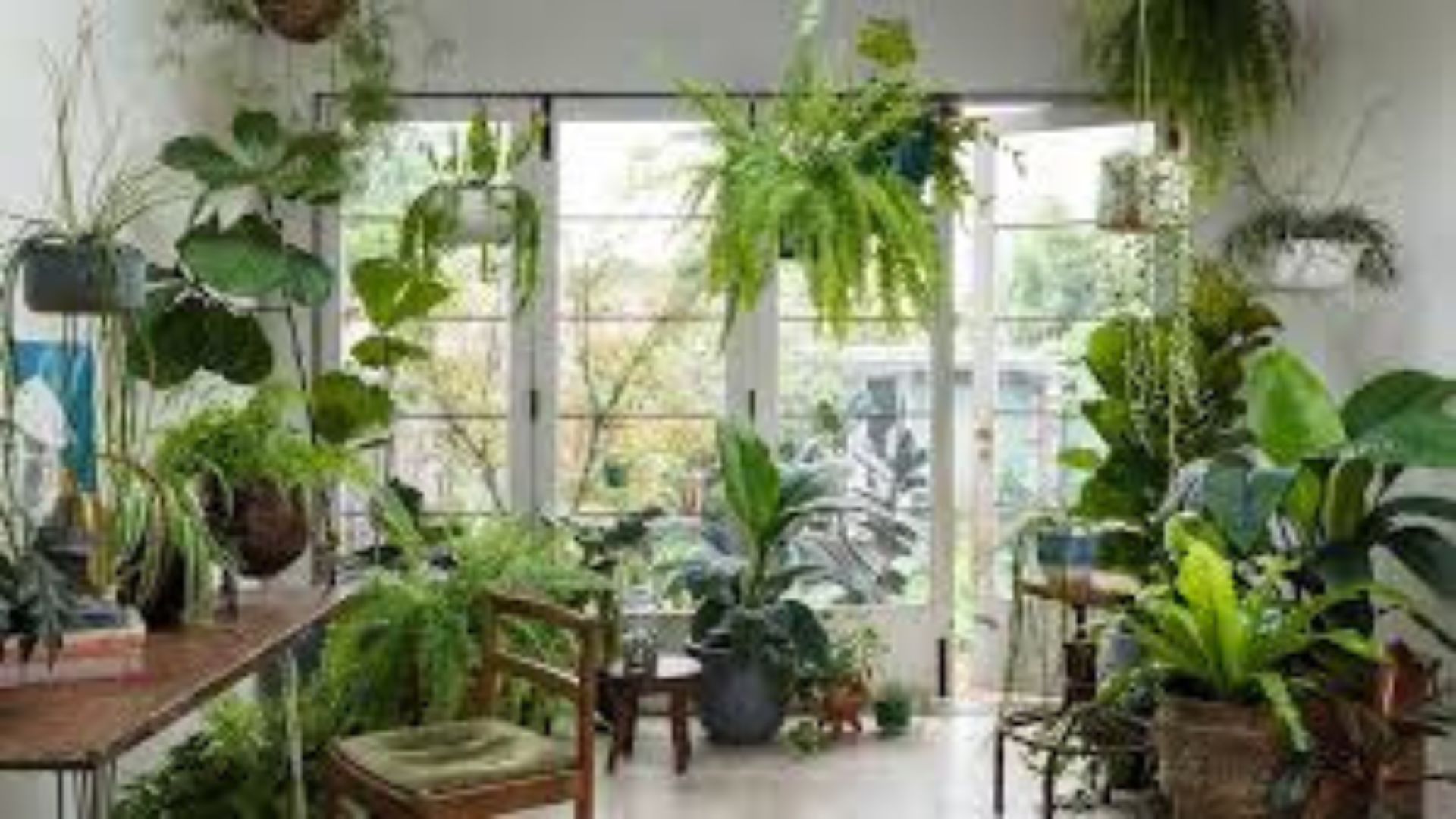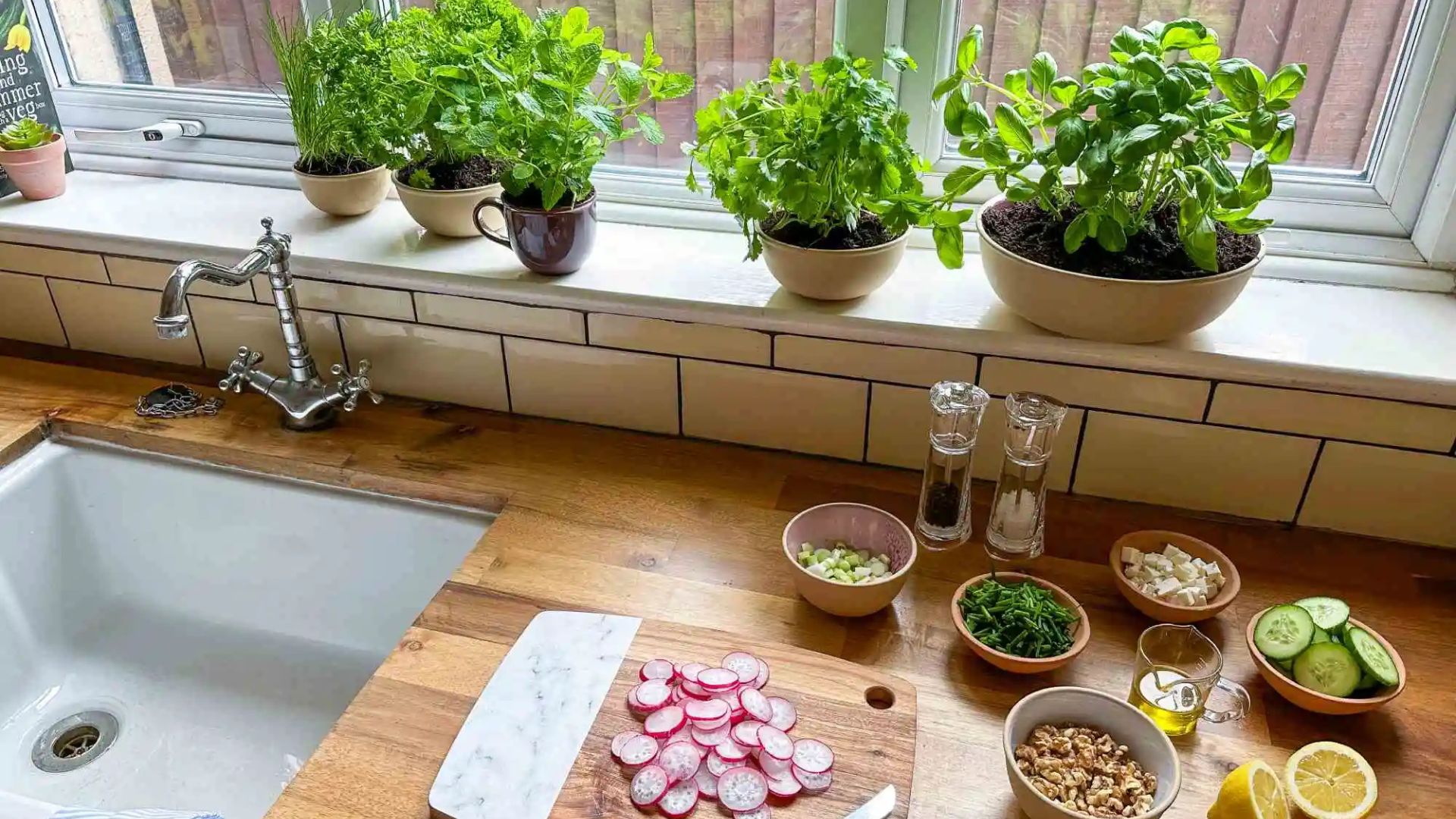Offices arranged using indoor plants combine functionality with style, enhancing both productivity and wellbeing. Plants create natural beauty, reduce stress, and purify indoor air. Moreover, strategic placement of greenery improves focus, motivation, and employee satisfaction. By thoughtfully incorporating indoor plants, office spaces become inviting, healthy, and visually appealing.
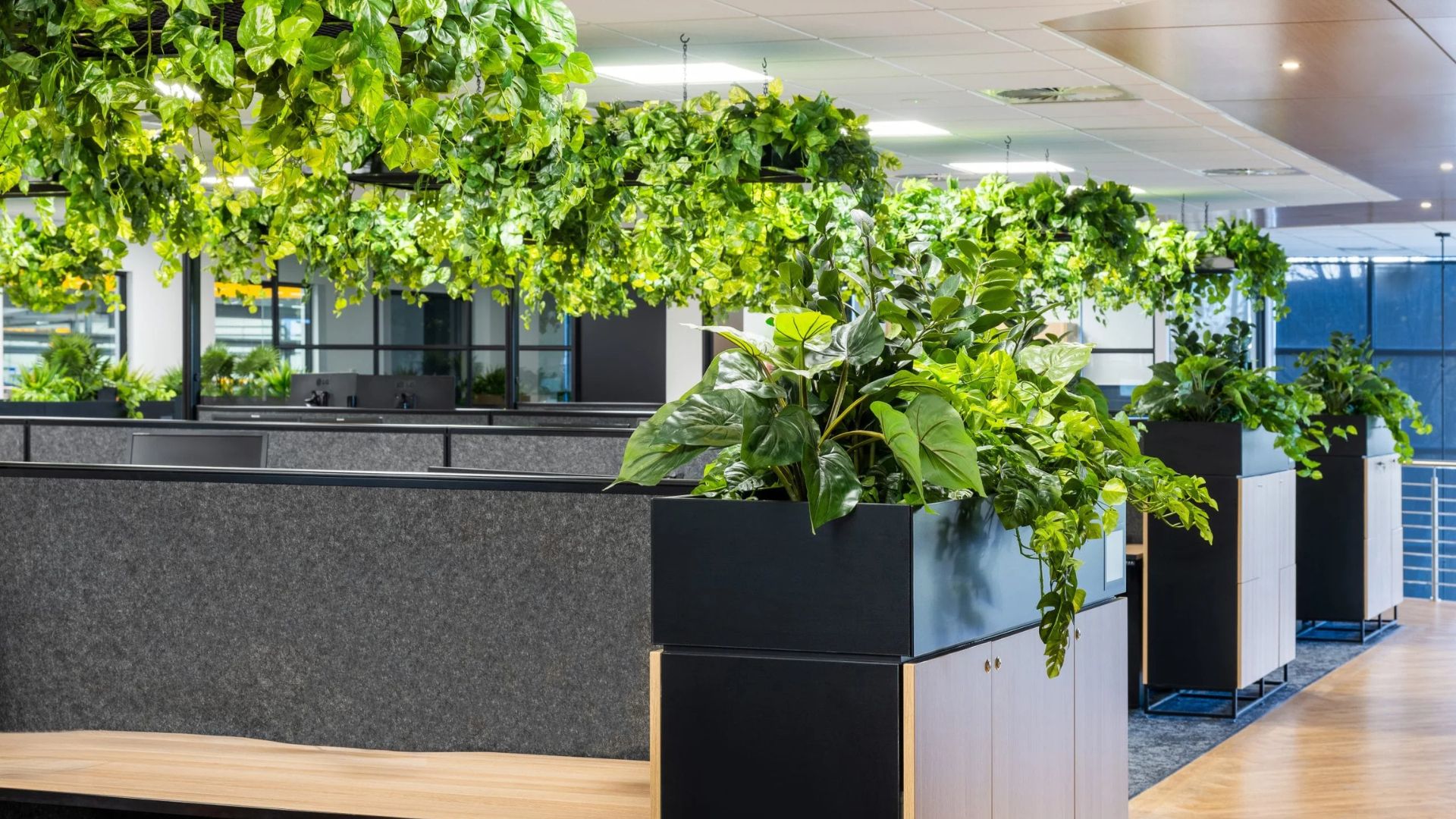
Choosing the Right Plants for Offices
Selecting office-friendly plants is crucial for success. Snake plants, pothos, ZZ plants, and peace lilies thrive indoors with minimal care. Furthermore, they tolerate low light, irregular watering, and air-conditioned environments. Additionally, compact and medium-sized plants fit desks, shelves, and corners without crowding workspaces. Consequently, the right choices ensure offices benefit from greenery while remaining organized and professional.
Tips for Plant Selection
-
Match plants to available light conditions.
-
Choose low-maintenance and slow-growing varieties.
-
Combine tall and small plants for balance.
-
Consider air-purifying species for healthier spaces.
Enhancing Productivity and Mood
Indoor plants positively impact productivity and mood. Studies show greenery reduces stress and mental fatigue. Furthermore, employees report improved concentration, creativity, and overall satisfaction. By integrating plants throughout offices, workspaces feel calm, energizing, and inspiring. As a result, indoor plants contribute to both employee wellbeing and organizational performance.
Strategic Placement of Plants
Placement maximizes the benefits of indoor greenery. Desks, reception areas, meeting rooms, and corners are ideal locations. Additionally, grouping plants by size and light needs creates visual harmony. Hanging planters or vertical gardens save floor space while adding interest. By arranging plants thoughtfully, offices achieve aesthetics, health benefits, and functional efficiency simultaneously.
Air Quality and Health Improvements
Indoor plants improve air quality in offices by removing toxins and increasing oxygen. They filter pollutants such as formaldehyde, benzene, and carbon monoxide. Moreover, they boost humidity, reducing dry air issues and respiratory discomfort. Consequently, offices arranged using indoor plants promote a healthier, more comfortable work environment.
Lighting Considerations
Light is essential for plant growth and office aesthetics. Natural light helps plants thrive and enhances the office atmosphere. In addition, artificial lighting like LED grow lights supports plants in areas with limited sunlight. Rotating plants occasionally ensures even exposure and balanced growth. Therefore, proper lighting contributes to both plant health and office appeal.
Decorative and Functional Uses
Indoor plants serve both decorative and functional purposes. Tall plants can act as privacy screens or room dividers. Cascading plants soften sharp edges and add movement. Furthermore, decorative pots, stands, and planters complement office design styles. By combining functionality and aesthetics, offices become both stylish and practical.
Seasonal and Rotational Arrangements
Rotating plant arrangements seasonally keeps office spaces fresh and dynamic. Spring brings flowering plants for vibrancy, while summer favors lush tropical foliage. Autumn introduces warm-toned leaves, and winter works well with evergreens or low-maintenance indoor trees. Seasonal updates enhance visual interest while supporting employee engagement and wellbeing.
Maintenance for Thriving Plants
Maintaining indoor plants ensures they continue to benefit the office. Regular watering, pruning, cleaning leaves, and occasional fertilization are essential. Additionally, checking for pests prevents infestations and damage. By establishing a simple maintenance routine, offices arranged using indoor plants remain healthy, attractive, and effective.
Conclusion
In conclusion, offices arranged using indoor plants provide numerous advantages. They improve air quality, enhance productivity, reduce stress, and create inviting interiors. Thoughtful selection, strategic placement, proper lighting, and seasonal adjustments ensure maximum benefits. Ultimately, integrating indoor plants transforms office spaces into healthy, functional, and aesthetically pleasing environments, benefiting both employees and the overall workplace atmosphere.






